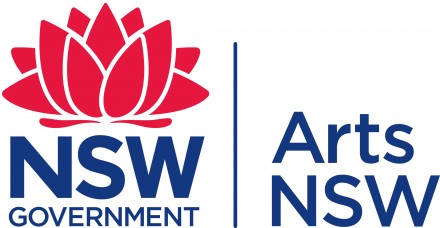RA: I want to throw in quickly that I use a kind of asterisk as a break when I turn the manuscript in, but the publisher never intends to use an asterisk. So, this divider is what the publisher came up with. I don’t know why they do this, but I do use some dividers.
KL: Would you rather it was an asterisk?
RA: Maybe, I don’t think it matters much, but that’s how I do it.
KL: Yes, and sometimes you use numbered parts.
RA: Yes, sometimes I use numbers. I use numbers when I feel like the break is larger. But we can get to that later.
KL: Something is going on with what you presumably do by feeling, such as when you want a numbered sequence or an asterisk; when you want a number or a double space, and you do certainly indicate this when reading your poems and hearing you read them it’s all happening … even if the poem itself, you know, some poems are shorter than others and sort of more miniaturised than others. But the technique is continuously miniaturised, so things are happening in a very pinpoint way, a letter dropped, or a question mark added, the difference in the space between adjacent lines, a line dropped down a little further. All these ways of distinguishing the space of the poem, the mise en page, are doing things with these small increments – making them do things.
RA: I like the way you brought up the difference between their ‘safety in numbers’ and ‘in number,’ because we were talking about ‘twinning’ and ‘doubling,’ and that’s an almost double, almost twinning, but it’s also very different because ‘safety in numbers’ is a kind of cliche, it’s a common saying, you know: ‘safety in numbers’ like when you want to herd together with other people because there’s a danger out there. Or maybe you want to take the same conformist view that others have because you don’t want to stick out. So ‘numbers’ has one tone, it has a colloquial tone, and then ‘in number’ is completely different. It has a serious tone that’s not ‘talky.’ A bit more mysterious.
KL: Yes, and ‘safety in number’ is poetic. It’s the skewing or the swerve. Hank Lazer describes your work in terms of ‘lyric swerve.’ So that’s one nice little example of that, a kind of detournement, a slight wobbling or turning – all these different ways you can characterise this effect. I think ‘wobble’ is a ‘you’ word, and what I get out of that is, again, it picks up on this idea of balance or precarious balance. But also, a sort of shimmering quality, they’re not there, and absent presence, a toggling, which maybe brings us to another topic that we thought would be good to discuss: ‘the uncanny.’
RA: I love the way you were describing my work there. I thought, ‘Yes, that’s, that’s perfectly right’ – just as you described it there. I loved it.
KL: Well, I feel like, you know, I feel like I get it [laughs].
RA: I think you do.









